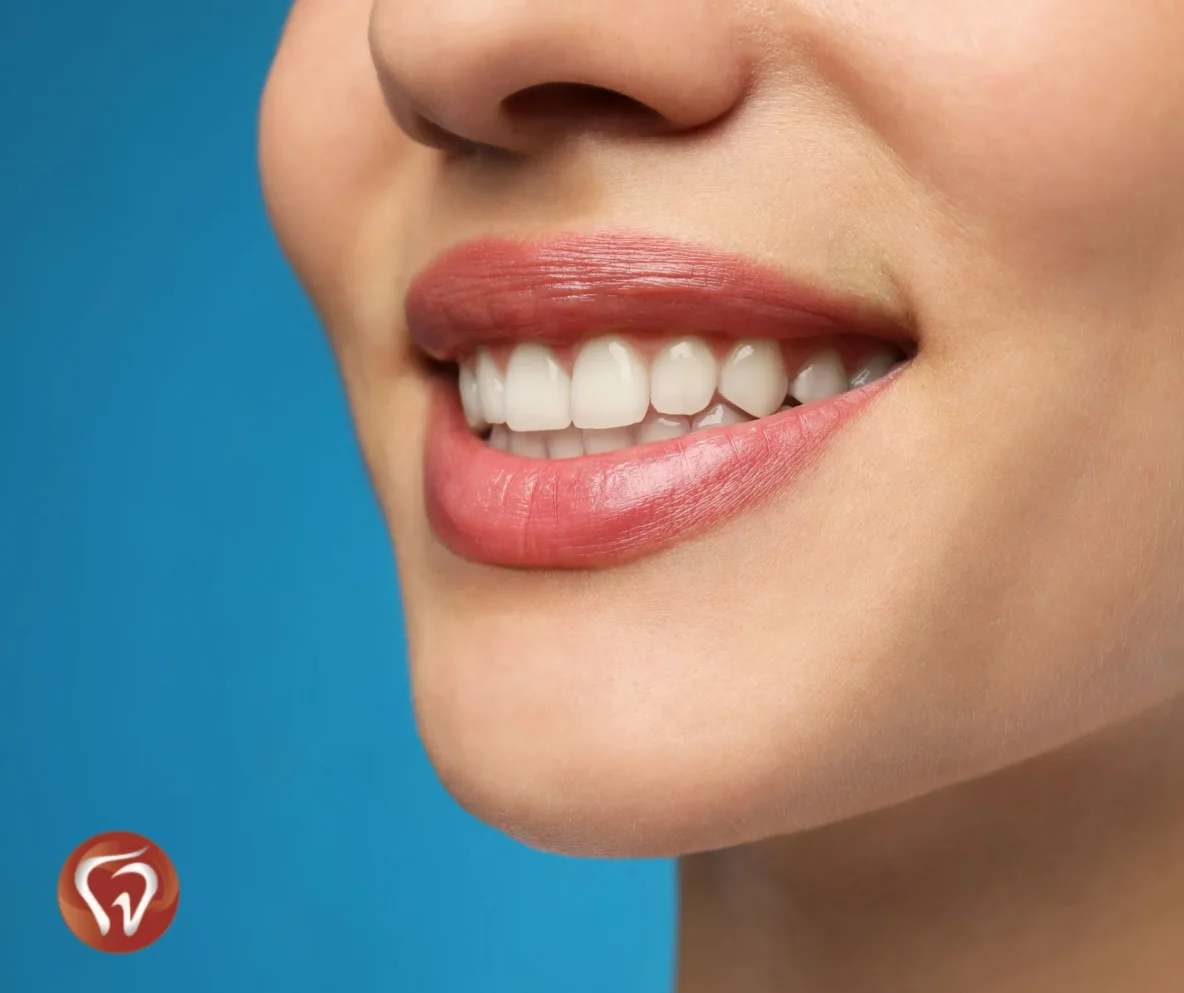In dentistry, new technology is changing how things are done. We look at how this shift affects taking care of patients and running dental practices. Traditional methods are getting a tech upgrade. We explore the change from using gooey stuff for molds to using computers. The goal is to see how this impacts patient comfort and overall dental efficiency. It’s like upgrading from an old map to a GPS!
Traditional Impressions
Old-school tooth molds, known as traditional impressions, have been a big part of how dentists work. They use gooey stuff like alginate and polyvinyl siloxane to get a detailed look at teeth. It works well, but it can be messy and not very comfortable for patients. Still, dentists like it because they can touch and feel the teeth, making a real connection with their patients’ mouths. Even though there are new digital ways, these old methods stick around because they’ve proven to be precise, and dentists find them familiar and trustworthy.
Advantages of Traditional Impressions
- Proven Reliability: Old-fashioned tooth molds are good at getting all the tiny details right in your mouth.
- Cost-Effective: The materials used in traditional impressions are affordable.
- Familiarity and Comfort: Dental professionals are familiar and comfortable with traditional methods, contributing to their ongoing use.
Disadvantages of Traditional Impressions
- Messy Process: Patients may find the process uncomfortable due to messy materials.
- Time-Consuming: The creation and transportation of molds to dental laboratories contribute to longer turnaround times.
Digital Impressions
Digital impressions are dentistry’s tech upgrade. Instead of the old way with molds, special scanners now take super-detailed pictures of your teeth, making 3D models on a computer. This is way faster and more exact than the old gooey molds. Plus, it helps dentists and labs talk better, making things more accurate and comfy for patients. It’s like upgrading from an old bicycle to a shiny new car, making dental visits quicker and better for everyone.
Advantages of Digital Impressions
- Enhanced Patient Comfort: Digital impressions eliminate the need for messy materials, improving the patient experience.
- Real-Time Visualization: Dentists can quickly check if the pictures they took are just right, making it easier to fix any little things if needed.
- Efficient Workflow: Digital impressions streamline communication between practitioners and labs, reducing turnaround times.
Disadvantages of Digital Impressions
- Initial Cost Implications: The acquisition of necessary equipment and training for digital impressions can be a financial hurdle for dental practices.
- Learning Curve: Adapting to new technology requires time and training, potentially impacting the initial implementation of digital methods.
Striking a Balance Between Tradition and Innovation
In conclusion, the dental community is at a crucial crossroads, balancing the coexistence of traditional and digital impression techniques. While traditional impressions are reliable, digital impressions offer a more comfortable and efficient future. Dentists understand the pros and cons of each method, ensuring a balanced approach that prioritizes optimal patient care. For personalized dental care solutions, consider visiting us at Signature Smilez Family Dental.

